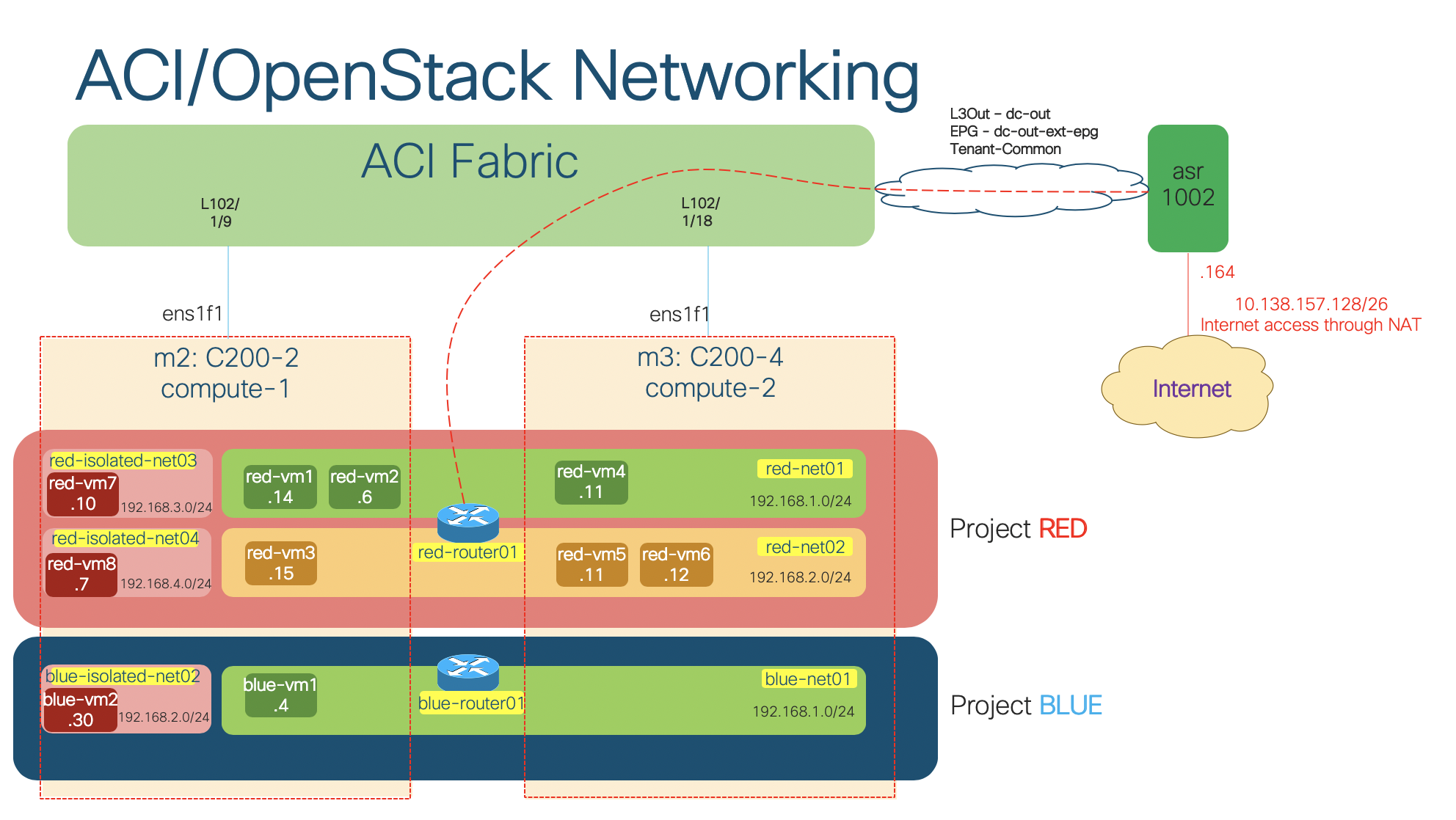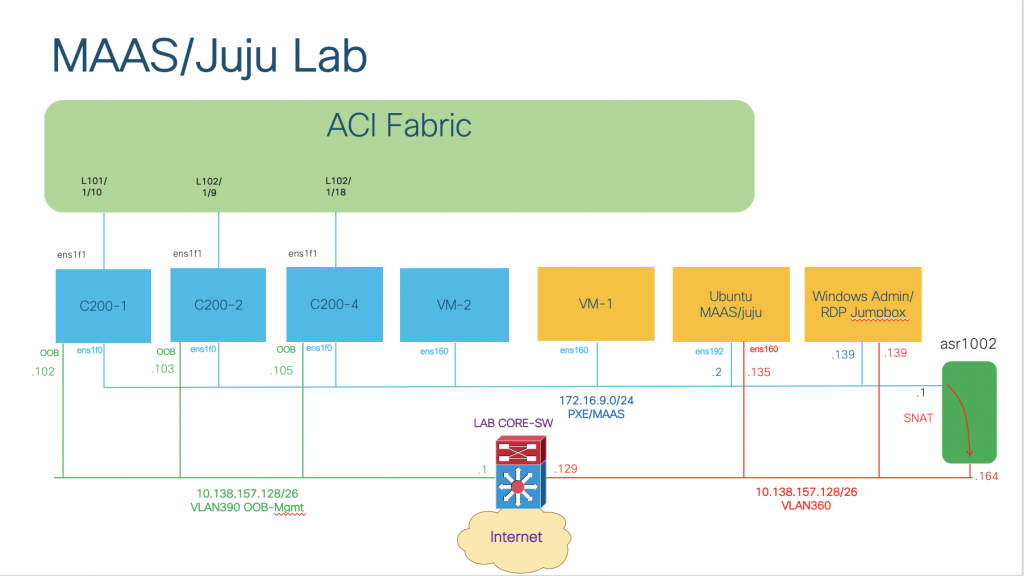In this post, I will share my experience in setting up an HA Kubernetes cluster. The cluster consists of 3 external etcd nodes, 3 master nodes and 3 worker nodes. The nodes are VMs hosted inside VMWare ESXi (integrated with ACI using VMM domain) on a HyperFlex cluster. However, you can perform the same steps on any standard ESXi deployment with VMM domain integration. In my setup I also use Cisco ACI CNI plugin to provide network connectivities among pods within the Kubernetes cluster. Ansible is used to provide automation to the installation:
- spinning up the VMs on ESXi
- installing HA etcd cluster
- creating an active/standby haproxy as LB for multiple master nodes
- configuring a Kubernetes cluster using kubeadm
- applying ACI CNI plugin to have a fully working K8S cluster.
[Edit] I put the Ansible playbook code and the Jinja2 template files on my Github repo.
Continue reading “Using Ansible to automate the deployment of an on-prem HA Kubernetes cluster with Cisco ACI CNI plugin”

